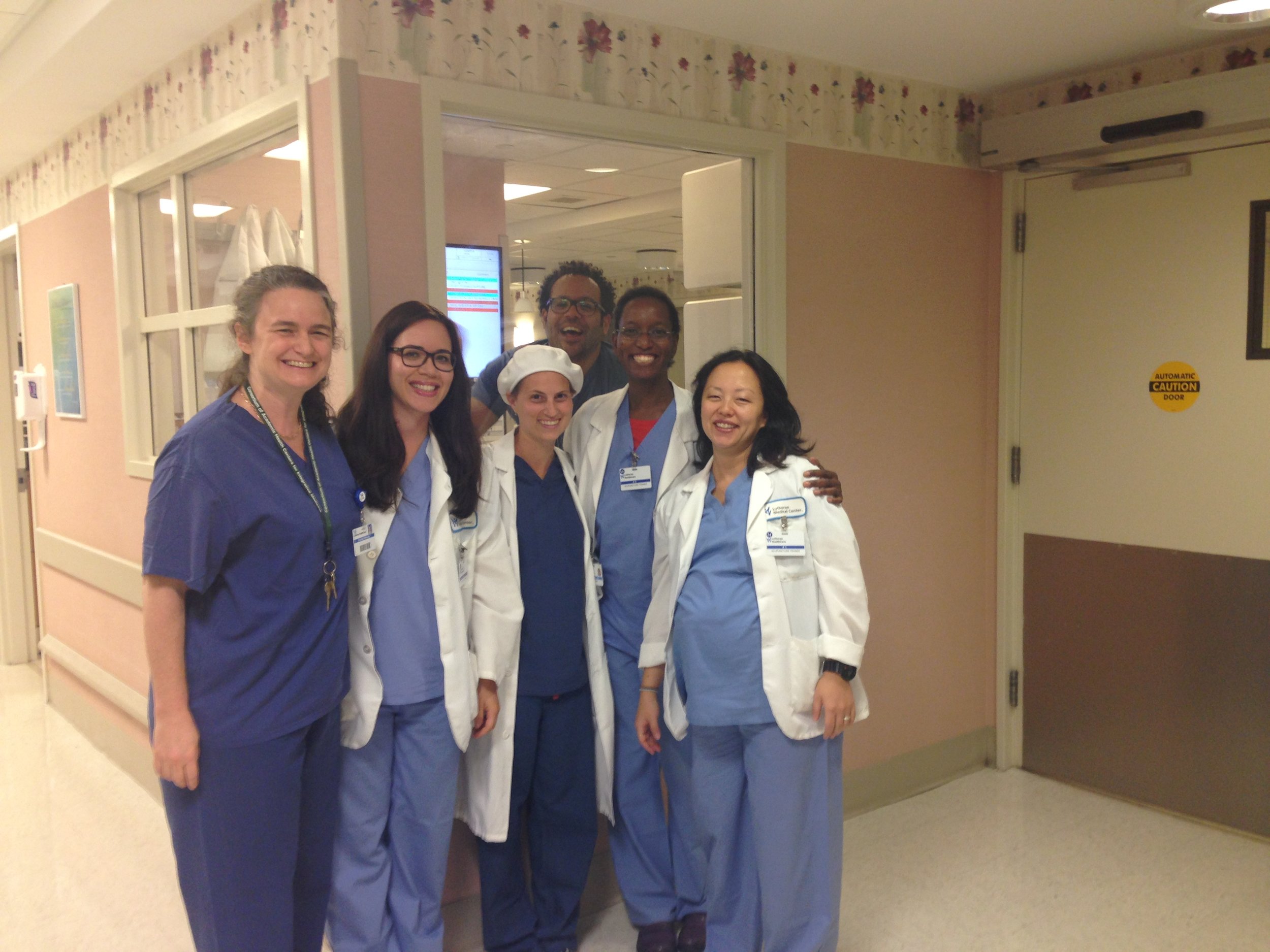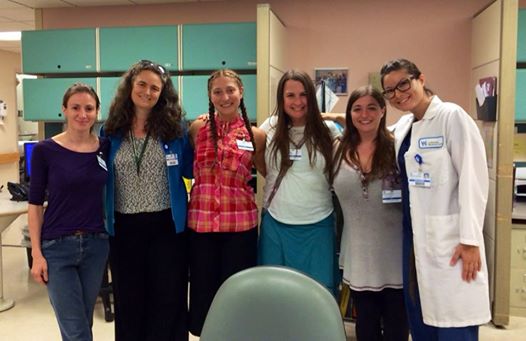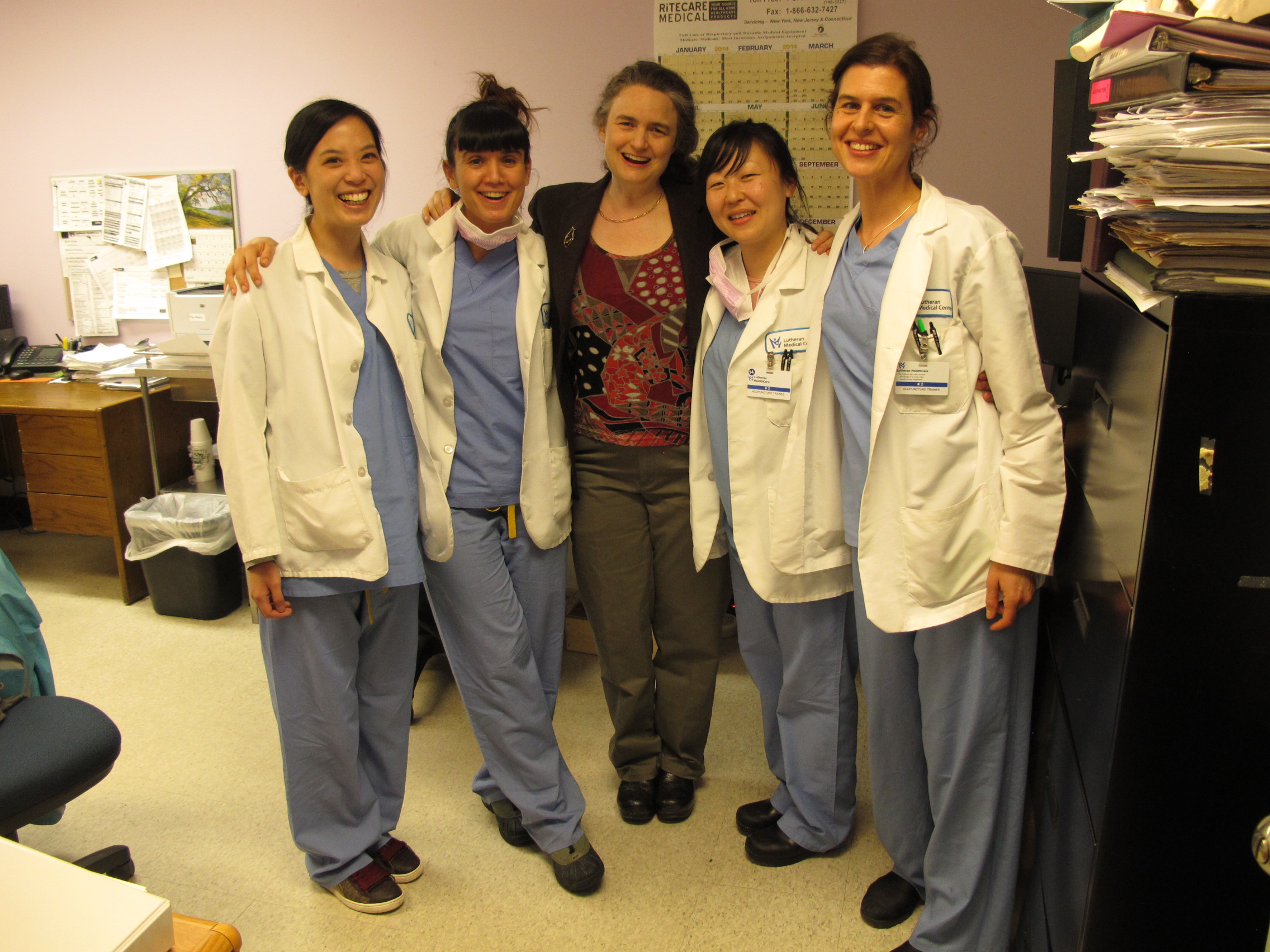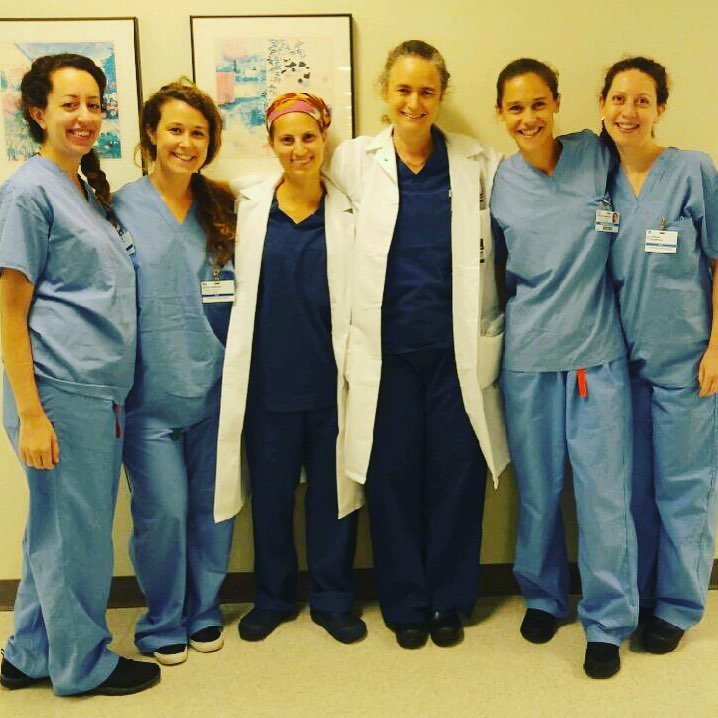women’s health and birth
Introduction to tuina and qigong for women’s health
Menstrual irregularities, fertility difficulties and pregnancy loss are often treated using conceptual schemes of deficiency and excess — hormones, immune function, even yin and yang. In this class, a range of approaches will be taught for addressing the quality of the flesh as well as the flow of vital substances in the lower abdomen, as constituting the material basis for reproductive health. Classical Tui Na techniques such as pressing, swinging, round rubbing and traction are re-explored and deepened in efficacy through osteopathic listening techniques and simple Qigong exercises. Participants can expect to extend their palpation skills, gathering more information and beginning the treatment by engaging the patient’s own body intelligence and identifying laxity, tightness and twists that underlie many health problems in the abdomen and elsewhere. Tui Na techniques and Qigong that can be taught to patients may improve results with physical challenges, such as retroverted uterus and blocked fallopian tubes, as well as patterns like qi fall, yin fire and liver qi, and the inevitable self-perpetuating cycles of qi and blood insufficiency and stagnation.
July 20-21, Shutesbury MA. 14 NCCAOM PDA points; CA CEU available with 60 days’ notice. Click here for more information and to register.
Birth Basics
In this class, students learn to recognize the faces of yin and yang, as they manifest and shift throughout the course of labor and delivery. Using a clinical problem-solving approach, students learn to assess balance and flow from labor preparation through the postpartum period, and use acupressure, bodywork, auriculotherapy and moxibustion to support and encourage healthy labor. Acupuncturists taking the course will learn a full range of needling and non-needling techniques, suitable for even the most conservative hospitals. Non-acupuncturist birth professionals will come away with a powerful but manageable toolbox of new techniques for helping moms with breech, oligohydramnios and polyhydramnios, IUGR and other prenatal challenges, as well as cervical ripening and contraction encouragement before and during labor, and throughout postpartum recovery. The skills taught in this course do not substitute for midwifery training, and the course addresses but does not remove the malpractice insurance and credentialing matters that need to be addressed to needle professionally during labor.
NOW Available through healthySeminars.com
This online class covers the didactic material from Birth Basics, with detailed videos showing the tui na and bodywork components. It is highly recommended to take this training before attending one of the Labor and Delivery intensive weeks.
13 hours, $325. 13 CEU credits for: ABORM Member renewal, Acupuncture New Zealand (AcNZ), Alberta, Australia (AACMA), British Columbia Naturopathic Association (BCNA), California, CTCMA, Florida, Illinois, Massachusetts, NCCAOM, New Zealand Acupuncture Standards Authority (NZASA), North Carolina (NCALB), Ontoario (CTCMPAO), Texas. For more information or to register: https://healthyseminars.com/bio/claudia-citkovitz
pre- and postnatal acupuncture
This course for acupuncturists and experienced midwife acupuncturists introduces a toolkit of bodywork, auricular and needling approaches for use in late pregnancy and postpartum. Flowsheets for differential diagnosis and treatment planning are provided for normal labor preparation, postpartum care and Cesarean section recovery, as well as disorders and complications of pregnancy including breech presentation, musculoskeletal pain, PUPPP rash, postdates, oligo- and polyhydramnios. Preventive and adjunct supportive approaches are discussed, along with guidelines for urgent referral, for more serious disorders including preeclampsia, intrahepatic cholestasis of pregnancy, intrauterine growth restriction and postpartum depression. Hands-on instruction and detailed treatment planning guides are provided for a full range of approaches from simple exercises and acupressure that can be taught to family members, to specialized perinatal tui na techniques, ear acupressure seeds, body needles that can be securely taped, and finally electrical stimulation on auricular and/or body needles for difficult cases. Relevant clinical research (including the instructor's) will be briefly discussed.
NOW Available through healthySeminars.com
Past interns on the Labor and Delivery shift





